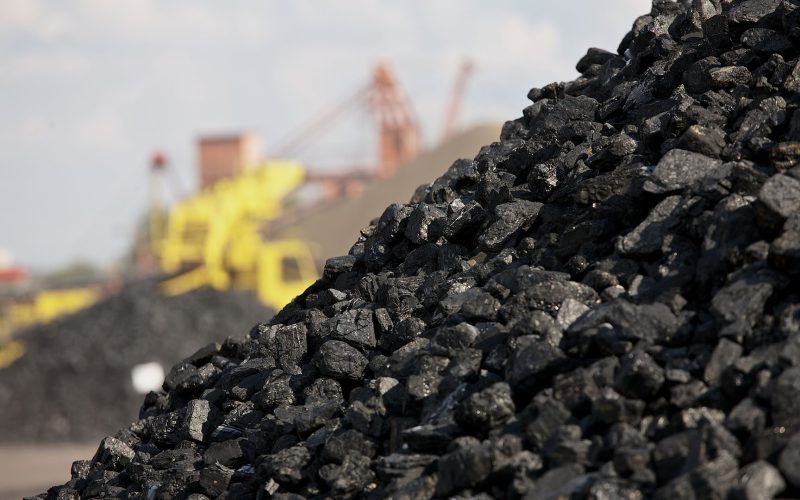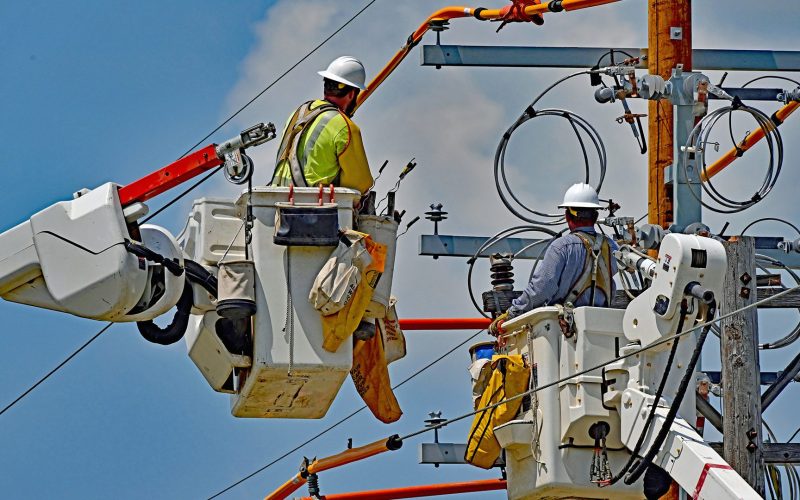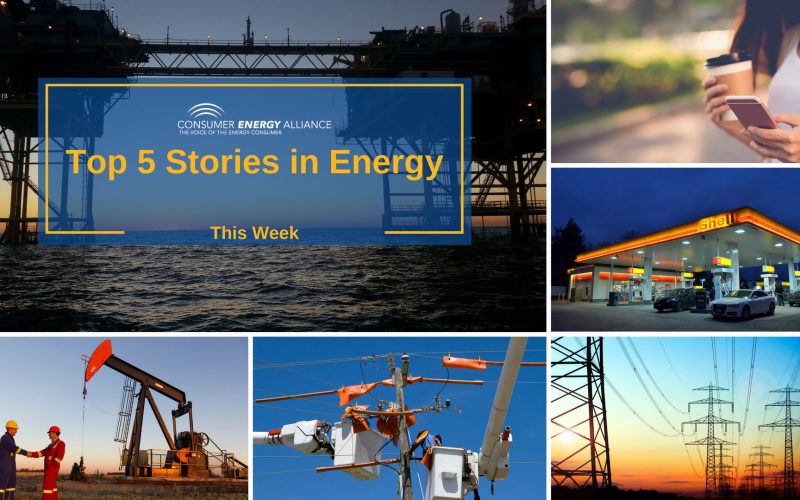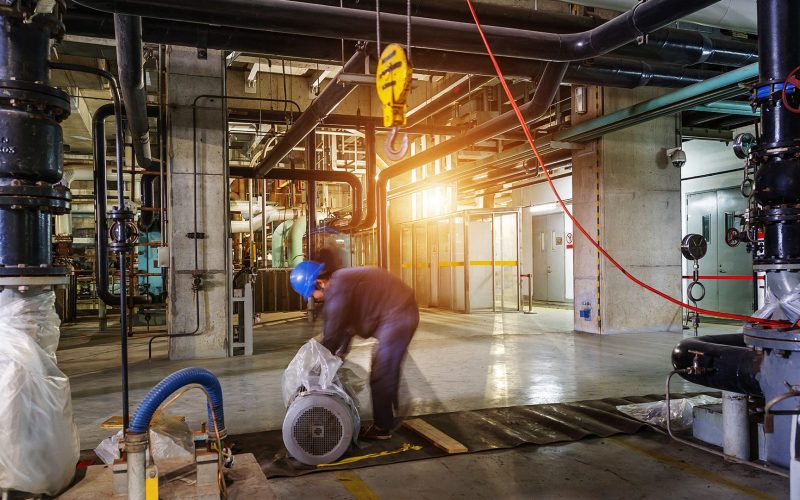THE VOICE FOR THE ENERGY CONSUMER

Kaitlin Schmidtke, Gulf Coast Executive Director of CEA leans in how activists’ demands on coal ash cleanup are costly and unrealistic. When it comes to energy safety, the Environmental Protection.

Grid operators could double as magicians these days. The fact of the matter is that we are increasing our energy portfolios, relying on both traditional and renewable energies to support.

Any good engineer will tell you that infrastructure and safety go hand-in-hand, and it’s no different with energy pipelines. In fact, pipelines are already the safest way to transport oil.

The U.S. was importing as much as 60% of their oil in 2005. This was a major reason that gas prices would soar well above $3 per gallon throughout it’s.

Minnesota State Director, Chris Ventura says enough is enough – stop delaying Line 3. Considering the pipeline has been around since the 1960s, an infrastructure upgrade is needed now. “The.

This week in regular news we learned that Prince Harry and Meghan Markle are stepping down as senior members of the Royal Family; Justin Bieber confirms he has Lyme disease;.

Consumer Energy Alliance applauds the White House Council on Environmental Quality for taking this first and important step towards modernizing the National Environmental Policy Act (NEPA). Over the past 40.

Washington, D.C. – National Ocean Industries Association (NOIA) President Erik G. Milito issued the following statement after the Council on Environmental Quality (CEQ) issued proposed changes to the National Environmental.

Greenhouse gas emissions fell 2.1 percent in 2019. A welcome bit of information, but not surprising as several states have reported falling emissions; despite an uptick in energy production and.

The Consumer Electronics Show is THE place to see next-generation innovations in the consumer technology industries. This year’s event is expected to attract about 180,000 attendees and the latest devices.